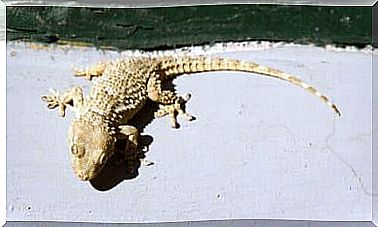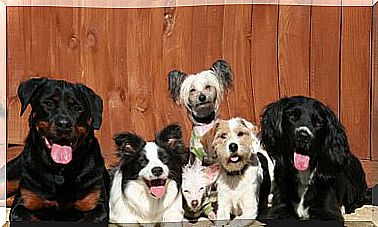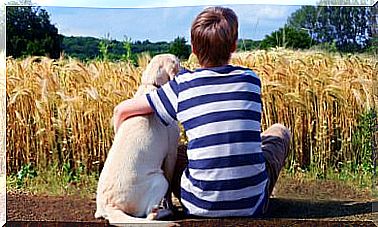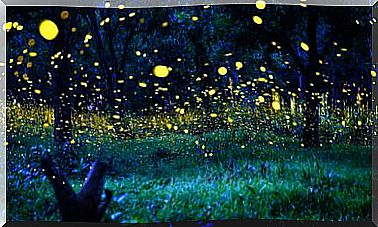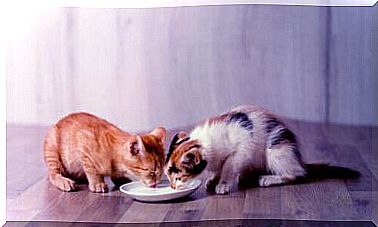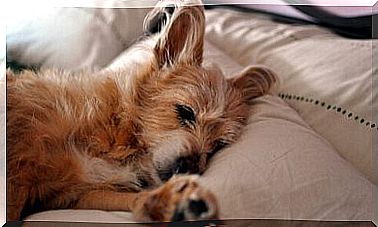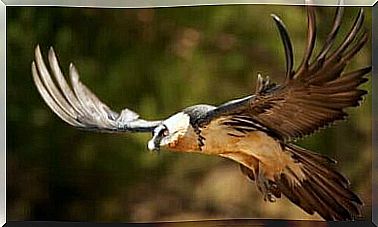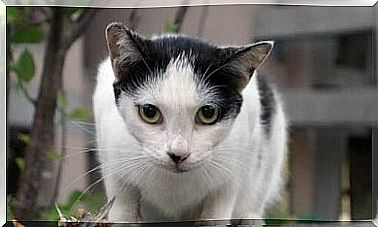The Andalusian Horse Is The Most Elegant: Find Out Why He Is So Spectacular
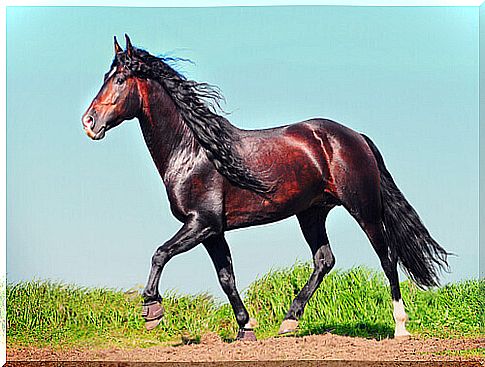
With an elegant trot and a smooth gallop, the Andalusian is a horse with a shiny coat, in gray, black or white. It originates from southern Spain, in the region of Andalusia, in the 15th century. Raised by monks in the monasteries of Seville and Jerez, the breed was influenced by the horses of invading armies during Arab rule.
The Andalusian horse reigned for several centuries throughout the world. Known as the embodiment of perfection, today the best Andalusian copies are used in the arena. Agile and powerful, he was also a great warhorse and has drawn royal chariots, so he earned the nickname “Horse of Kings”.
The breed’s origin is associated with horses from the Volga region and the Friesian breed , developed during the Crusades.
This breed of horses practically did not exist in the rest of the world, until the 1960s, when the export ban was lifted and, then, they were able to reach other continents.
Features

The Andalusian horse is rare not only in America, but also worldwide. There are less than 20,000 specimens of this breed worldwide.
The particularity of these animals is due to the fact that they are a very strong and elegant species. With a short arched neck, strong and tough body, his temperament is similar to that of any warhorse, a role he played in the past, where he was used to carry the heavy armor of battle.
As a result of their high strength and temperament, most Andalusian horses were killed from 1492 onwards and the breed is under threat.
The Andalusian was originally bred to be a cavalry horse. In Spain it is used in local arenas and festivals. He is also gaining popularity in dressage and show jumping.
His athletic ability is incredible and his versatility is unparalleled.
Its head is finely sculpted, has a straight profile, movable ears and lively, deep-set eyes with a quiet, friendly expression.
Its neck is elegant, arched, with a well-developed mane and full length. It usually has a wavy mane and tail.
The back of this type of horse is very strong and well developed. The legs are thick and the joints flexible.
Gray is the dominant color, while black is the rarest to find. Other colors include some brown tint.
facts to remember
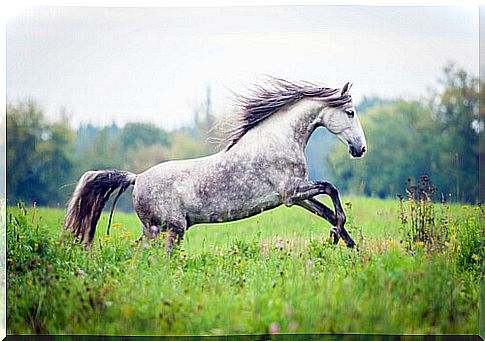
On the other hand, in terms of origin, the Andalusian horse is one of the oldest breeds. In Andalusia, cave paintings dating back 25,000 years have been found.
Although the origin of this horse breed is not 100% certain, some experts argue that it is the result of crossing with other native breeds, brought from Africa by the Arabs.
In archaeological remains of Roman art from 206 BC, the beauty of the Andalusian horse was found in various objects.
The Andalusian horse came to America at the hands of the conquerors. Then, during the Middle Ages, the Carthusian monks were responsible for creating this very valuable race.
This breed of horses was also highly demanded by the French monarchy. If you look at the portraits of Francis I and Louis XVI, you will see how these monarchs are portrayed with their Andalusian horses.
They were also very popular with English royalty. Henry VIII was often portrayed with a copy of Andalusian. Having accompanied these blue-blooded characters, he is considered a real horse.
Much has been said about the Andalusian horse and its virtues, but did you know that thanks to its athletic ability it is gaining popularity in other countries? Especially in the United States. In that country, he competes in taming, jumping, driving and competence.
The breed was featured in wars for its courage and bravery. Even today, his attributes are tested against a fierce bull in Spain.
In the United States, the Andalusian horse is also known for its ability to learn quickly and also for keeping what it has learned. So he can be easily trained.
